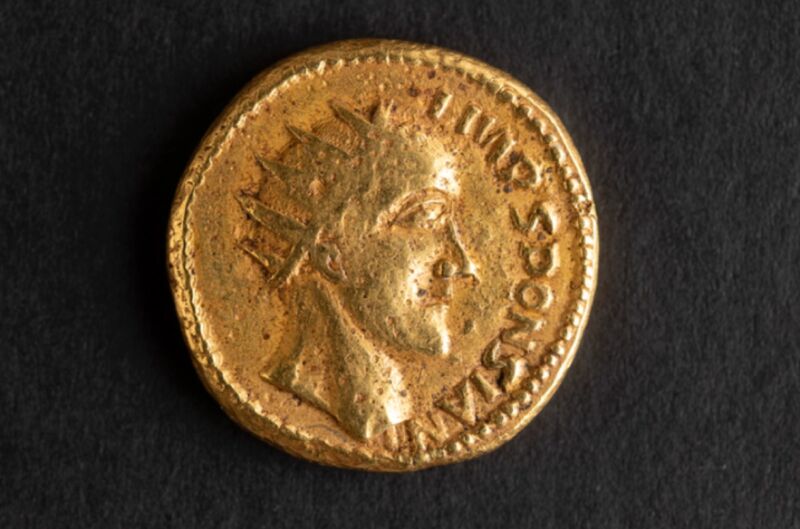Enlarge / This Sponsian gold coin, circa 260-c.270 CE, was part of a cache discovered in Transylvania in 1713. (credit: The Hunterian, University of Glasgow)
In 1713, a cache of Roman coins was discovered in Transylvania, several of which bore the portrait and name of Sponsian—but there are no historical records of a Roman emperor with that name. The coins largely have been dismissed as forgeries for more than a century, but a re-analysis using a variety of physics-based methods has yielded evidence that they might be authentic, according to a recent paper published in the journal PLoS ONE. So Sponsian may have been a real emperor after all.
One of the Sponsian coins is now in the Brukenthal National Museum in Sibiu, Romania; another is part of the Hunterian collection at the University of Glasgow. “This has been a really exciting project for the Hunterian and we’re delighted
